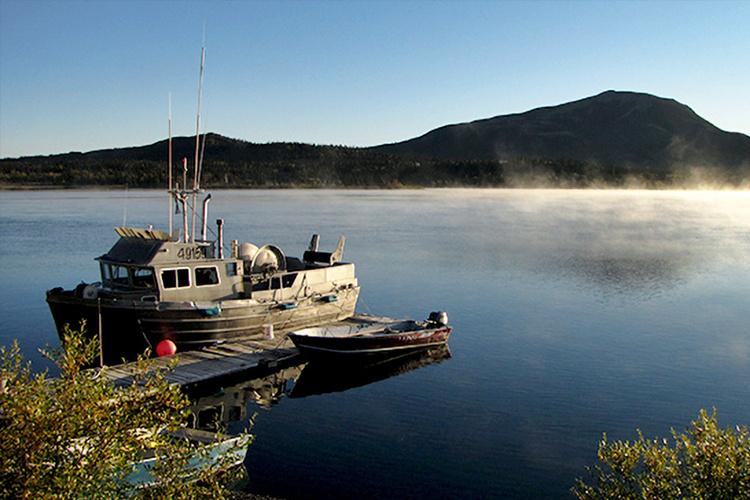The Bristol Bay watershed is home one of the largest sockeye salmon runs in the world, which supports the largest sockeye salmon fishery in world. Soon, commercial fishermen will be working long hours to catch as much of this natural and wild resource as possible before the season ends in July. Many of these fishermen and permit holders are likely to be Alaska Native women. Alaska Natives heavily depend upon fishing activity for their livelihoods, culture and survival.
Researchers working at the Alaska Fisheries Science Center are embarking on a new research project to find out how women contribute to the success of this fishery. In 2016, roughly 40 percent of set net permit holders in Bristol Bay were women. In contrast, many other fisheries in Alaska are male dominated with women making up 10 percent or less of active fishing permit holders. World-wide research on women’s roles in fisheries has indicated that women have important, yet often times, undocumented roles in fisheries. There is no comprehensive research or documentation of Alaska Native women’s roles in and perspectives of fisheries in Alaska, despite their active involvement.
Socioeconomic researchers Jean Lee, Anna Santos, and Kim Sparks are heading up to Bristol Bay to conduct oral histories. Alaska Native women of the Bristol Bay region will be able convey their stories of how they have historically engaged in fisheries and how environmental change may be impacting these fisheries. The information gathered will offer insights into the local fishing economy, the roles of women, traditional ecological knowledge, and environmental changes. They will be documenting their experience with a multimedia project set to be published on the web at a later date.
But for now, follow them as they blog about what they’re learning and finding in the field.
Meet the Bloggers

Kim Sparks, Anna Santos, Jean Lee
Kim Sparks
Kim works as a social scientist at Pacific States Marine Fisheries Commission and works as a grantee at the Alaska Fisheries Science Center. Kim has a bachelor's degree in environmental biology from Westmont College and a master’s degree in marine affairs from the University of Washington. She joined AFSC in 2015.
Anna Santos
Anna is a social scientist at Pacific States Marine Fisheries Commission and works as a grantee at the Alaska Fisheries Science Center. She has a doctorate in human-environment geography from Texas A&M University, and master's and bachelor's degrees in environmental biology from the University of Massachusetts Boston. She joined AFSC in 2015.
Jean Lee
Jean is an analyst for the Alaska Fisheries Information Network and works as a grantee at the Alaska Fisheries Science Center. Jean has a bachelor's degree in anthropology and linguistics, and a master's degree in library and information sciences from the University of Washington. She joined the AFSC's Economic and Social Research Program in 2008.



